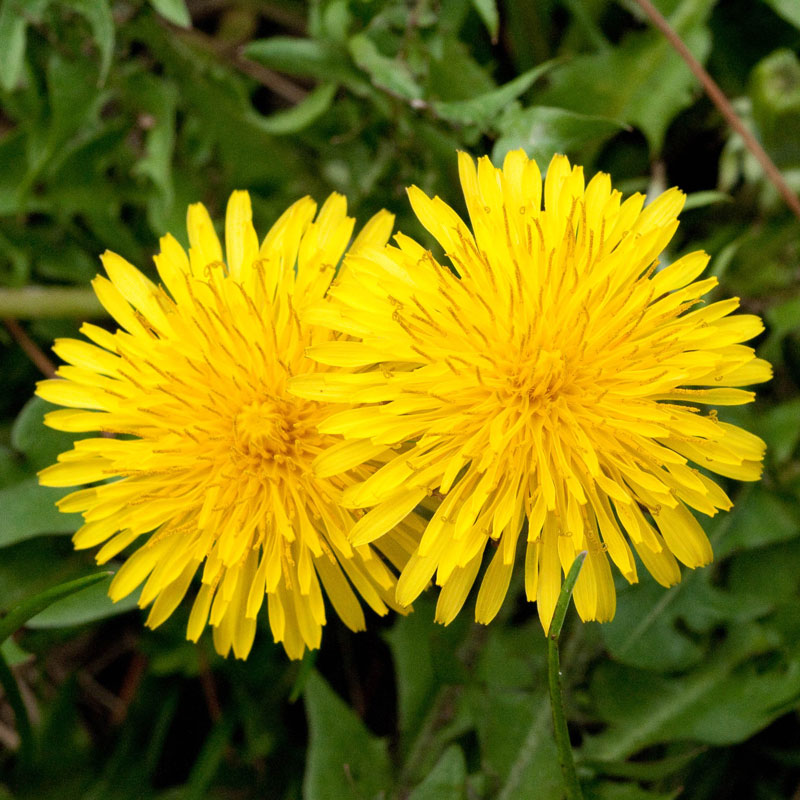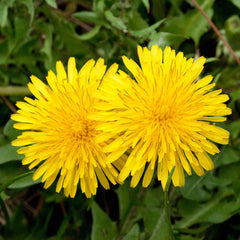

Dandelion Leaf (Taraxacum officinale)
- $14.00 CAD
- $14.00 CAD
- Unit price
- per
50g, 100g, 250g
Couldn't load pickup availability
Parts used: Leaves
Properties
Alterative, antacid, blood purifier, cholagogue, diuretic, hepatic, lithotripstic, purgative (mild), stomachic
Primary nutrients
Fructose (roots), glucose (roots), magnesium, manganese, nutritive slats (all), phosphorus, potassium, selenium, vitamins A, B-complex, C and zinc
This herb has a long history of use and is considered a great survival food because of its protein, vitamin and mineral content.
The dandelion is a great herb for building the blood and helping with anemia. It promotes circulation, strengthens the arteries, restores gastric juices after severe vomiting, and reduces cholesterol levels. Dandelion is also used as a diuretic and for diabetes. It has the ability to cleanse obstructions and stimulate the liver to detoxify poisons.
Modern research has proven the efficacy of dandelion. Studies have shown that the rhizomes and roots increase the flow of bile, which is beneficial for liver disorders, hepatitis, bile duct inflammation, gallstones, jaundice, and the bile duct. Dandelion works to increase bile production in the liver, which in turn increases the flow to the gallbladder, as well as contracting and releasing stored bile in the gallbladder.
Dandelion is often prescribed to increase bile flow and prevent gallstones. It can help with arthritis, as it stimulates the uric acid elimination from the body. It helps nourish and cleanse the blood, liver and spleen. It is also useful for treating anemia, because it contains many nutrients. Dandelion is used to heal connective tissue and stop degeneration. Dandelion greens contain diuretic effects much greater than other herbal diuretics, thus potential for marked weight loss due to water loss. Dandelion is thought to have cancer- and infection-fighting potential.
Primary Applications
Acne
Anemia
Arthritis
Asthma
Blisters
Blood impurities
Blood pressure, high
Cholesterol, high
Fatigue
Gallbladder problems
Hepatitis
Jaundice
Kidney problems
Liver disorders
PMS
Weight conditions
Secondary Applications
Age spots
Bronchitis
Childbirth, after pains
Colic
Constipation
Corns
Cramps, intestinal
Dermatitis
Diabetes
Dysentery
Epilepsy
Fainting
Fever
Gas
Gallstones
Gastric disorders
Hemorrhage
Infections
Jaundice
Lockjaw
Ovarian irritations
Pancreas
Rheumatism
50g, 100g, 250g
RELATED PRODUCTS
- Choosing a selection results in a full page refresh.


